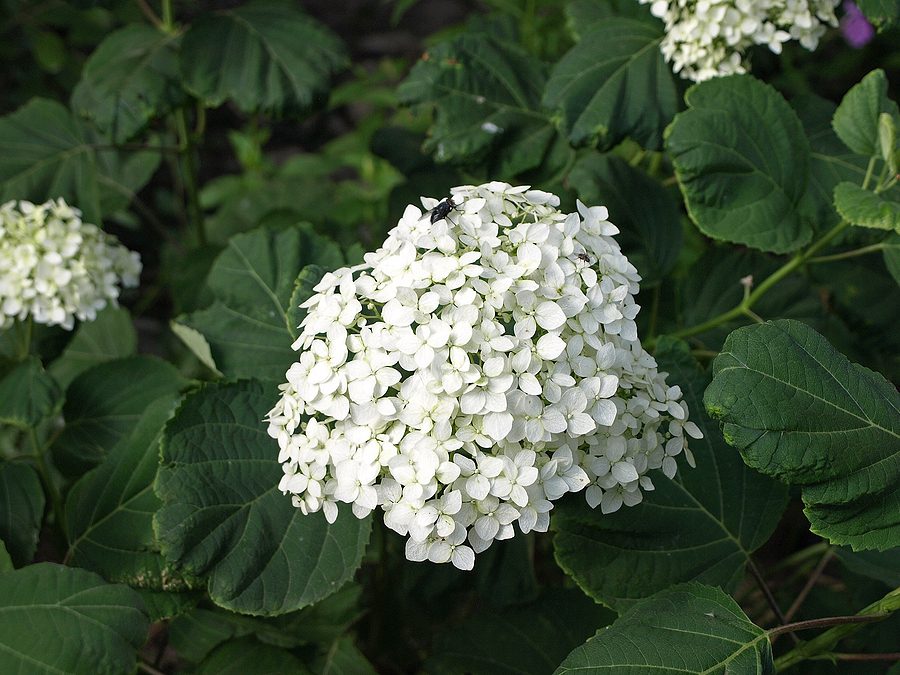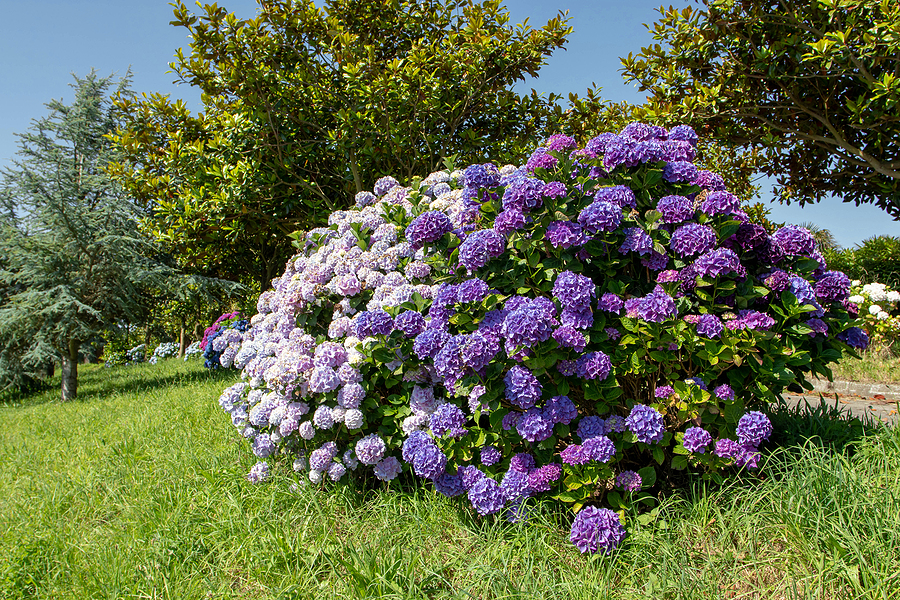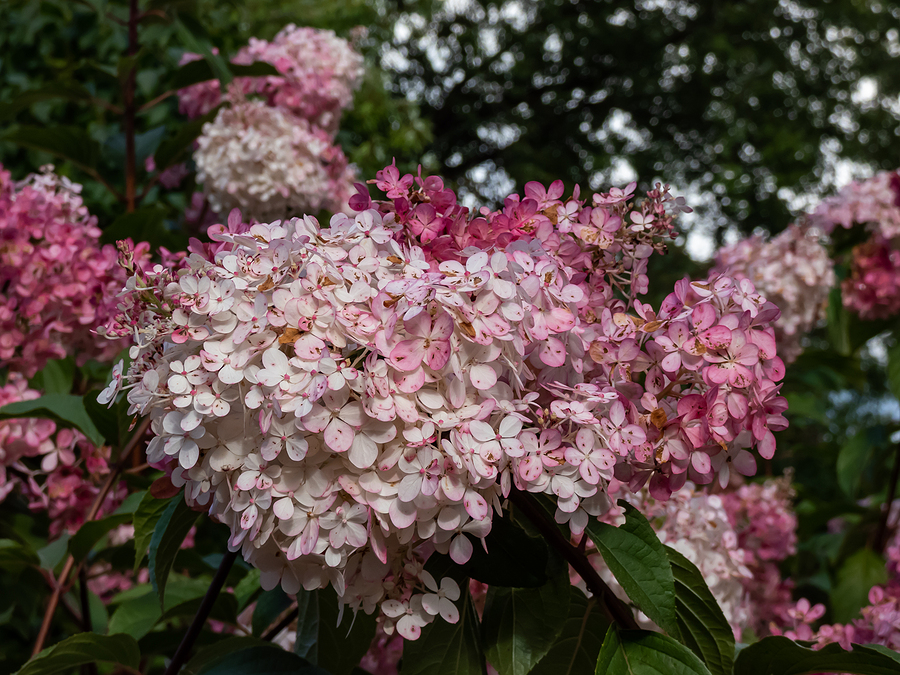The Case for Planting Hydrangeas in All of Your Albuquerque Flower Gardens

And as discoveries have been made in plant breeding, more hydrangea varieties have been added to the market to satisfy the ever-increasing need for fresh plant material. Gardeners now have access to a diverse selection of reblooming mopheads, a wide range of new flower color possibilities, and a myriad of dwarf sun- or shade-loving hydrangeas, starting at heights as low as 12 inches.
It is a beautiful opportunity to rediscover the many uses of this adaptable shrub or to become reacquainted with a plant that you may have put off in the past as being outmoded or not particularly prolific in its flowering. There is no denying the fact that modern hydrangeas are adaptable, lively, and simple to cultivate.
There are thousands of different hydrangeas and cultivated varieties. Still, there are four main species and some of the varieties you may want to keep an eye out for: H. arborescens (also known as smooth hydrangea), H. macrophylla (also known as bigleaf hydrangea), H. paniculata (also known as hydrangea paniculata), and H. quercifolia (oakleafoakleaf hydrangea).
And even though the wide varieties of hydrangea differ widely, they would all be better off if they were planted in soil abundant in organic matter and located in an area with damp ground but good drainage. When planting, incorporating compost or manure into the soil will aid with both the retention of moisture and, strangely, drainage. Even though its common name suggests otherwise, you should not plant your hydrangea in constantly wet soil.
Arborescens is another name for smooth hydrangea.

The fact that H. arborescens is one of the hydrangea kinds that evolved naturally in North America offers it an option that requires little to no maintenance. The ‘Annabelle’ arborescent, hardy in zones 3 to 9, is arguably the most well-known because of its extensive, spherical, white mophead blooms. It may reach a height of approximately 1 meter and a width of about 1 meter; however, its flowers will fall to the ground once it rains. Fortunately, plant breeders have developed an enhanced variety of the ‘Annabelle’ hydrangea called the ‘Incrediball’ hydrangea, which features stronger stems for more support.
It is possible to enjoy ‘Incrediball’ as a specimen plant or position it in the rear garden, where its blossoms may even be savored from a distance, where it creates a stunning hedge, is terrific for cut flowers, and is ideal for growing as a hedge. And the diversity gets better. This year saw the debut of the “Invincebelle Wee White,” a miniature replica of the “Annabelle” doll. This tiny powerhouse provides an abundance of white blooms in a small shape and only takes up a space of two feet by two feet. A variation in a pink and mauve color scheme called “Invincibelle Mini Mauvette” is also brand new. It has a width of around 3 feet and is approximately 3 feet tall with sturdy stems.
Because this species blooms on new wood or the development of the current season, you won’t need to worry about improper pruning, harsh winters, or late freezes destroying valuable flower buds like they would with other species. They function best when exposed to the morning sun or dappled light.
Macrophylla — Bigleaf Hydrangeas

Many gardeners consider bigleaf hydrangeas to be the holy grail of flowers due to the bright blue or deep pink spherical and fluffy blooms they produce. The old cultivar is known as “Nikko Blue,” Many others only have bloom buds on old wood, also known as growth from the previous season. Because of this, severely cold temperatures can cause the flower buds to be destroyed, resulting in a lack of flowers. Or what I refer to as “heartache from hydrangeas.”
Breeders of plants have developed new types of hydrangea that bloom on both old and fresh wood. This is a significant advance. The ‘Endless Summer’ line of hydrangeas, including the original ‘Endless Summer,’ which is around 4 feet by 4 feet and blooms in pink, purple, or blue depending on the pH of your soil, have established themselves as the market leader in this sector. It can withstand the cold in zones 4 through 9. The ‘BloomStruck plant, which is its sibling, has blooms that are quite similar and dark purple stalks. ‘Blushing Bride’ is a white variety that is hardy in zones 5 to 9, while ‘Twist-n-Shout’ is an attractive lace cap variety with red stems and is hardy in zones 4 to 9. Both of these versions are hardy in the same zones.
In addition, each year sees the release of other remontant types. The cultivar known as “Let’s Dance Rhythmic Blue,” which grows between 3 and 4 feet tall and as broad and is hardy in zones 5 to 9, is one of my favorites. However, similarly to Nikko Blue, ‘Rhythmic Blue’ flowers will be pink in alkaline soil. If you want blue blooms, you may need to acidify your soil by adding a product.
Paniculata — Panicle Hydrangea

Gardeners who have access to direct sunshine should think about planting paniculata hydrangeas. These hydrangeas have panicle-shaped blooms and bloom in creamy white at the beginning of the summer before becoming a dusty rose color later in the season. Paniculatas are dependable and resilient bloomers because their flowers form on growth from the previous season.
One of the most well-known and hard-working paniculatas is called ‘Limelight,’ It can grow to a height of up to 8 feet and is hardy in zones 3 through 9. If you find too much hydrangea for your needs, you might want to look into the dwarf variety known as ‘Little Lime,’ which can be maintained at around 3 feet by trimming in the late winter or the early spring.
Quercifolia — Oakleaf Hydrangea
OakleafOakleaf hydrangeas are one of the two types of hydrangea that are indigenous to North America. Because of this, they are very low-maintenance, dependable, and stunning. They also have the distinction of being a true four-season shrub, with oakleafoakleaf shaped foliage in the spring; large, creamy white panicle flowers in the summer that turn a rosy hue; beautiful fall orange, red, and gold foliage; and an ornamental cinnamon-colored peeling bark that is visible in the winter. All of these characteristics can be seen on the shrub throughout the year. Put an oakleafoakleaf hydrangea on your wish list if you still need to own one. Suppose you don’t already have one.
